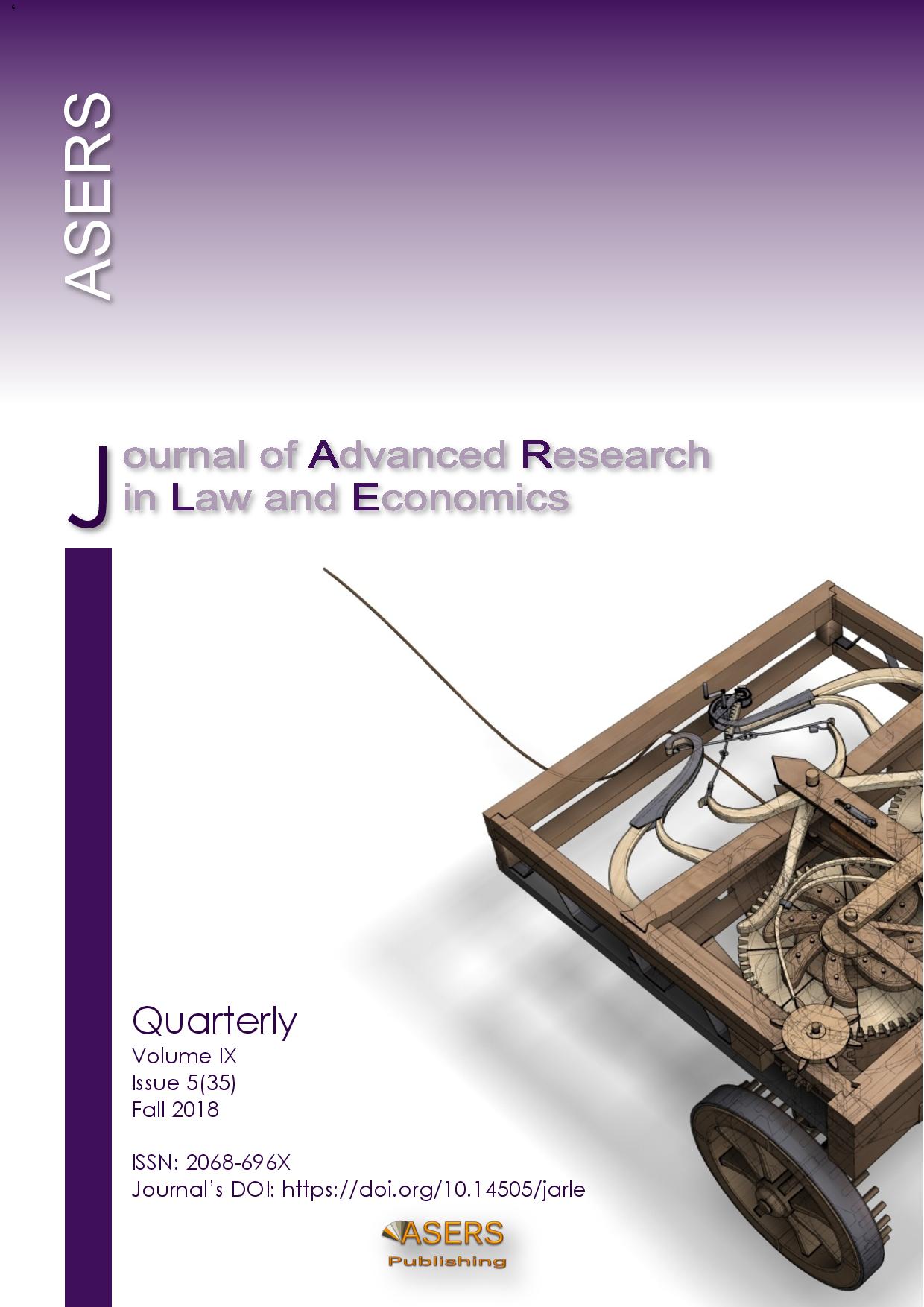The Current State of the Monetary Sphere of Kazakhstan, Kyrgyzstan, Tajikistan within the Framework of Changes in the Legislation
The Current State of the Monetary Sphere of Kazakhstan, Kyrgyzstan, Tajikistan within the Framework of Changes in the Legislation
Author(s): Malik Rsbaevich Mukanov, Ernar Nurlanovich BegalievSubject(s): Law, Constitution, Jurisprudence, Law on Economics
Published by: ASERS Publishing
Keywords: monetary and credit policy; economic criminality; economic security; criminal policy; fight against crime;
Summary/Abstract: The article discusses the current state of the monetary – credit sphere in the former states of the Soviet Union. The authors note that, the collapse of the Soviet Union in 1991, which led to the defragmentation of the monetary system, is an important event in the formation of the financial sector in Central Asia. The single monetary and financial system, which was adapted to the conditions of the planned economy, had started rapidly falling apart. The result was a break of the traditionally existing economic ties.It is important to note that the monetary policy has a direct impact on the major macro-economic indicators such as GDP, employment and the level of prices. It is thus important to have a solid legal base. The accelerated formation of national monetary systems in Central Asian states has required the creation of genuinely independent emission center as the Central Banks of Central Asia. Since 1994, Central Asian governments have begun to carry out macroeconomic regulation, mutual settlement in the economy and emission activity.The next step was a reform of the banking system in Central Asia. At the beginning of the independence of the Central Asian states a legal framework was created and a transition was made to a two-tier banking system. According to the adopted laws in the countries of Central Asia, a two-tier banking system was formed, where the upper level was represented by the State Bank of the region (with emission rights), and the bottom were - commercial and government specialized. Creating second tier banks was a response to the needs of the Central Asian countries.
Journal: Journal of Advanced Research in Law and Economics (JARLE)
- Issue Year: IX/2018
- Issue No: 35
- Page Range: 1708-1715
- Page Count: 8
- Language: English
- Content File-PDF

